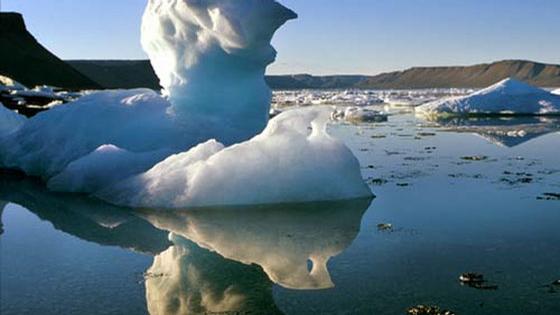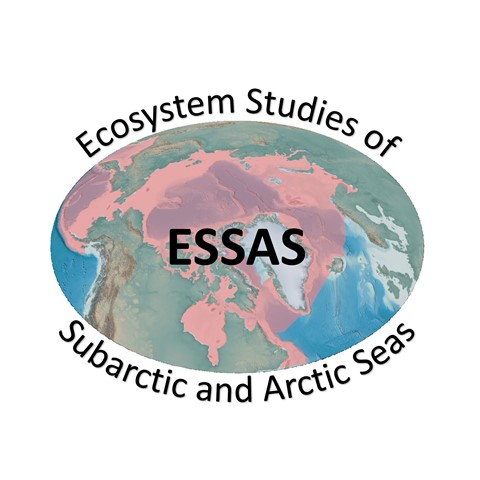
In addition to its own research, ESSAS has assembled extensive knowledge about the effects of climate variability and change on sub-Arctic regions from three main sources: 1) past studies; 2) recently completed and ongoing national and international projects; and 3) international programs addressing global change.
ESSAS is capitalizing on the long-term hydro-biological and fisheries datasets from various countries and international efforts such as Global Ocean Observing System (GOOS) and Array for Real-time Geostrophic Oceanography (ARGO). Arctic Monitoring and Assessment Program (AMAP) studies, and syntheses of Global Ocean Ecosystem Dynamics (GLOBEC) and its regional programs have also proven most useful.
ESSAS has close ties to the North Pacific Marine Science Organization (PICES) and its Forecasting and Understanding Trends, Uncertainty and Response (FUTURE) project, and to the North Pacific Research Board (NPBR) in the Pacific and with International Council for the Exploration of the Sea (ICES) in the North Atlantic. ESSAS has connections and is collaborating in studies of interactions between Arctic and Sub-Arctic regions with Arctic-Subarctic Ocean Fluxes (ASOF) , Arctic Ocean Sciences Board (AOSB), and Climate Variability and Predictability (CLIVAR) programs.
At various levels, ESSAS collaborates with national agencies responsible for monitoring and research on ocean ecosystems, such as the National Oceanic and Atmospheric Administration (NOAA) in the USA, the Department of Fisheries and Oceans (DFO), the Japan Agency for Marine-Earth Science and Technology (JAMSTEC), the Marine Research Institute in Iceland, the Institute of Marine Research (IMR) in Norway, and the Federal Research Institutes in Russia.
Within Integrated Marine Biogeochemistry and Ecosystem Research (IMBER), ESSAS collaborates with other regional programs, including: Integrating Climate and Ecosystem Dynamics (ICED); CLimate Impacts on Oceanic TOp Predators (CLIOTOP);
ESSAS also works to facilitate communication between natural scientists and those institutions or organizations representing the social and economic interests of society.











